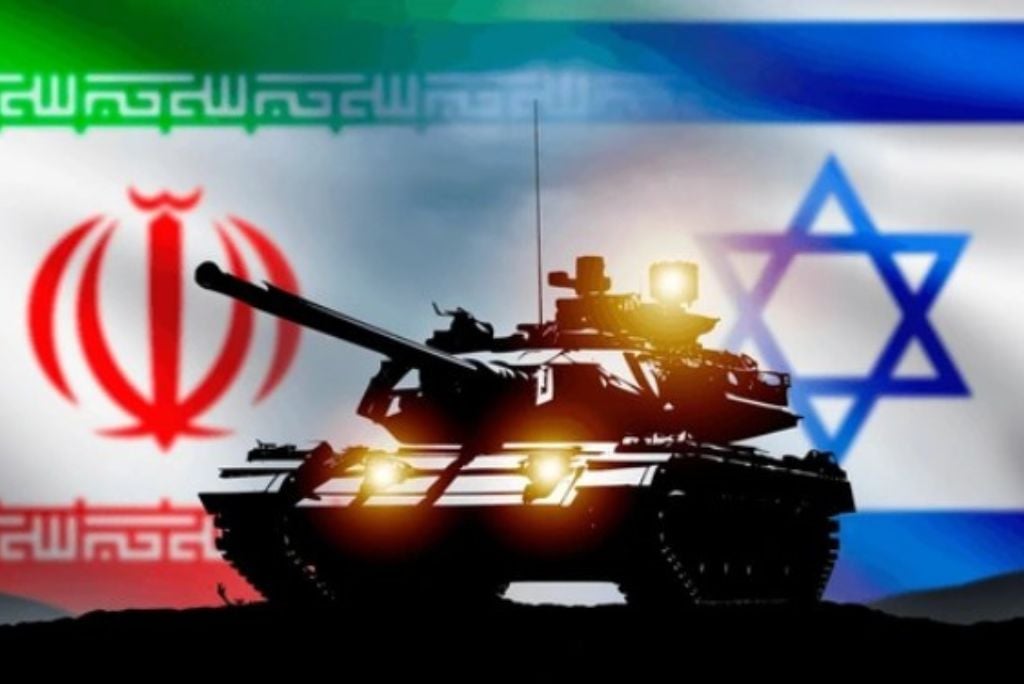Since the 1990s, Israel has been wary of Iran’s pursuit of a “nuclear program for peaceful purposes” that includes uranium enrichment. Meanwhile, the Iranian regime — led by its Ayatollah — has repeatedly voiced its aspirations to «Liberate Al-Quds (Jerusalem)» from what it calls the Zionist state.
During the Obama administration, a deal was reached between Iran and the so-called “group of five plus one” (the five permanent members of the United Nations Security Council along with Germany) to limit Iran’s uranium enrichment activities.
Verification of the agreement was entrusted to the International Atomic Energy Agency (IAEA). However, IAEA inspectors have repeatedly cited Iran for violations related to its enrichment program and for concealing sites from inspection.
President Trump later withdrew the United States from the agreement, aiming to impose stringent sanctions designed to cripple the Iranian economy. While some observers had long doubted the effectiveness of earlier sanctions, President Trump combined them with an unprecedented clause: any government or multinational company engaging in trade or collaboration with Iran would be banned from conducting business in the United States.
The immediate impact was severe, triggering dramatic currency devaluation, soaring unemployment, and staggering inflation in Iran.
Fast forward to the Biden administration, which offered Iran a brief reprieve. During this period, Iran managed to resurface along with its proxies in the Middle East and accelerate its nuclear program. Iran’s strategic blueprint became evident through the activities of its proxies.
The Iranian Revolutionary Guard Corps (IRGC) aimed to secure its influence over the Strait of Hormuz. Simultaneously, through its Houthi proxies in Yemen, Iran sought leverage over the Bab al-Mandab Strait and the Red Sea.
A second strategic objective involved connecting Iran to the Mediterranean via a “Shia crescent” stretching from western Iran, across northern Iraq and Syria, and into Lebanon. By 2022, it was clear that Iran maintained substantial proxy influence over parts of Iraq, most of Syria (with the Assad regime consolidating power), and Lebanon (where Hezbollah has significantly undermined formal governmental institutions).
On October 7, 2023, Israel and the West as a whole received a wake-up call when Hamas, an Iranian proxy, launched an unprecedented attack on Israel. Soon after, on October 8, Hezbollah openly entered the conflict, with the Houthis following shortly thereafter in Yemen. As Iran’s plan unfolded, it became apparent that Israel was the primary target.
In response, Israel decisively attacked Hamas and Hezbollah forces, even toppling the Syrian regime’s capabilities while targeting air defense networks throughout Syria. This operation effectively cleared the airspace between Israel and western Iran for the Israeli Air Force. Amid these developments, the United States initiated negotiations with Iran regarding its nuclear ambitions. During these talks, Iran granted the IAEA access—albeit limited—to some of its facilities.
On June 9, 2024, the IAEA reported traces of synthetic uranium particles at three undeclared sites (Varamin, Marivan, and Turquzabad). Iran, however, denied requests for inspection at these locations. As Israeli intelligence reported a marked acceleration in both uranium enrichment and ballistic missile development, alarms were raised. President Trump had originally given Iran 60 days to reach an agreement. When that deadline passed without success, Israel acted on the 61st day.
Since October 7, 2023, observers, analysts, and intelligence agencies have increasingly acknowledged that the roots of this conflict trace directly back to Tehran. While Israel has focused on curtailing Iran’s nuclear program, the broader threat looms larger. Iran retains the capability to disrupt both the Strait of Hormuz and Bab al-Mandab, and its ballistic missiles can reach as far as Israel—nearly 1,800 kilometers away—with some capable of extending up to 4,000 kilometers.
Israel has also initiated offshore gas production near Haifa and advanced the “East-Med Pipeline” project—a plan to connect the Eastern Mediterranean to Europe via pipelines. As the Abraham Accords expand, potentially incorporating Saudi Arabia, inland oil and gas pipelines could connect to the Mediterranean, ultimately supplying Europe. This development would diminish Iran’s leverage over the Strait of Hormuz and relieve countries such as Saudi Arabia, Kuwait, Iraq, Bahrain, and Qatar from the Ayatollah’s grip.
Iran’s ballistic missiles, aside from posing a direct threat to Israel, could potentially target Europe—and possibly the United States in the future. The ongoing negotiations with Iran boil down to three core objectives:
1. Dismantling its nuclear program
2. Halting the production of ballistic missiles
3. Suspending support for its proxies, or at least significantly curtailing their capabilities
Israel now stands at a point of no return, while the U.S. administration maintains daily reiterations of its demands. Meanwhile, Western leaders are more inclined to favor a ceasefire, negotiations, and the immediate implementation of agreements.
Iran continues to waver between clinging to its national pride and heading towards a self-destructive confrontation with Israel, the United States, and their allies. For many Iranian leaders, the prospect of losing power looms larger than the potential sacrifices in lives or capabilities. Although they may view any significant setback as a blow to Khomeini’s Islamic Revolution of 1979, the ideological foundation remains intact, poised to resurface in a renewed form.
The ultimate military objectives are clear: dismantle Iran’s nuclear infrastructure and cease ballistic missile production. While the air campaign has significantly damaged the NATANZ facilities, the deeply embedded Fordo facility—located almost 240 feet underground—remains a formidable challenge for the Israeli Air Force. Despite extensive destruction of launch facilities, there is no conclusive evidence that key production facilities are either operational or completely decommissioned.
Rumors regarding a potential regime change in Iran continue to circulate in Middle Eastern media. While these claims may seem far-fetched, the U.S. and its allies might need to consider this possibility seriously. The deeply ingrained ideology of the Ayatollah and his adherents will likely sustain the regime as long as the clerics continue to propagate their beliefs.
The views expressed in this article are those of the author and do not necessarily represent the official position of Gateway Hispanic.
About The Author
Read the full article here
